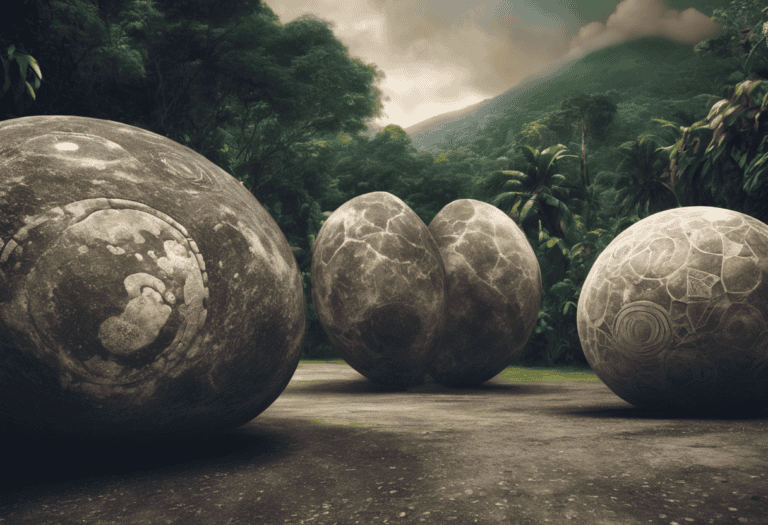The Shroud of Turin: Investigating Its Mysterious Origins
The Shroud of Turin has fascinated people for centuries, sparking debates between believers and skeptics about its true nature and origin. This ancient linen cloth, bearing the faint image of a man, continues to challenge our understanding of history, science, and faith.
A Cloth of Controversy
The Shroud of Turin first appeared in historical records during the 14th century in Lirey, France, before finding its permanent home in Turin, Italy. Many Christians revere it as the burial cloth of Jesus Christ, while others view it as a medieval creation.
Key Facts:
- Size: Approximately 14 feet long
- Material: Linen
- Image: Faint impression of a bearded man
- Current location: Turin Cathedral, Italy
Historical Timeline
| Year | Event |
|---|---|
| 14th century | First documented mention of the shroud |
| 1578 | Moved to Turin, Italy |
| 1898 | First photograph taken, revealing clearer details |
| 1988 | Carbon dating suggests medieval origin |
| 2010 | High-definition images made public |
The Image That Captivates
The shroud’s most striking feature is the ghostly image it bears. This impression shows:
- Front and back views of a man
- Apparent wounds consistent with crucifixion
- Details that seem to defy simple explanation
Many who view the shroud report profound emotional and spiritual experiences, adding to its mystique and allure.
Scientific Scrutiny and Spiritual Significance
The Shroud of Turin has undergone extensive scientific examination, yet conclusive answers remain elusive. Here’s what we know:
- Carbon dating in 1988 suggested a medieval origin (13th-14th century)
- Critics argue potential contamination or repairs may have affected these results
- Advanced imaging techniques continue to reveal new details
Despite scientific debates, the shroud maintains deep spiritual significance for many believers, serving as a focal point of faith and pilgrimage.
Theories and Explanations
Various theories attempt to explain the shroud’s origin:
- Miraculous imprint of Christ’s resurrection
- Medieval artistic creation
- Natural phenomenon yet to be understood
- Elaborate hoax or forgery
Each theory has its proponents and detractors, fueling ongoing discussions and research.
Beyond the Shroud: Related Phenomena
The Shroud of Turin isn’t alone in capturing the imagination of those intrigued by religious relics. Other items, such as the Sudarium of Oviedo, are also claimed to have connections to Jesus Christ. These objects form part of a broader tapestry of artifacts that blend historical significance with spiritual reverence.
Cultural Impact
The shroud’s influence extends far beyond religious circles:
- Featured in numerous books, documentaries, and films
- Inspires artistic interpretations and scientific inquiries
- Continues to draw tourists and pilgrims to Turin
Its enduring mystery has cemented its place in popular culture as a symbol of faith, skepticism, and the unknown.
Ongoing Research and Debate
As technology advances, so do the methods used to study the Shroud of Turin. Recent years have seen:
- High-resolution imaging revealing new details
- Chemical analysis of fibers and particles
- Attempts to replicate the image using various techniques
These efforts keep the shroud at the forefront of interdisciplinary research, bridging gaps between history, science, and theology.
Conclusion
The Shroud of Turin remains an enigma, challenging our perceptions and beliefs. Whether viewed as a holy relic, a historical artifact, or a subject of scientific inquiry, it continues to inspire awe, skepticism, and curiosity.
As research progresses, new questions arise alongside potential answers. The shroud serves as a reminder of the mysteries that still exist in our world, inviting us to explore the boundaries of faith, science, and human understanding.
What are your thoughts on the Shroud of Turin? Does it represent a miracle, a masterpiece of medieval art, or something else entirely? Share your perspective in the comments below!
References & Further Reading
- “The Shroud of Turin: First Century after Christ!” by Giulio Fanti and Pierandrea Malfi
- “Inquest on the Shroud of Turin: Latest Scientific Findings” by Joe Nickell
- “The Blood and the Shroud” by Ian Wilson
These resources offer in-depth explo







